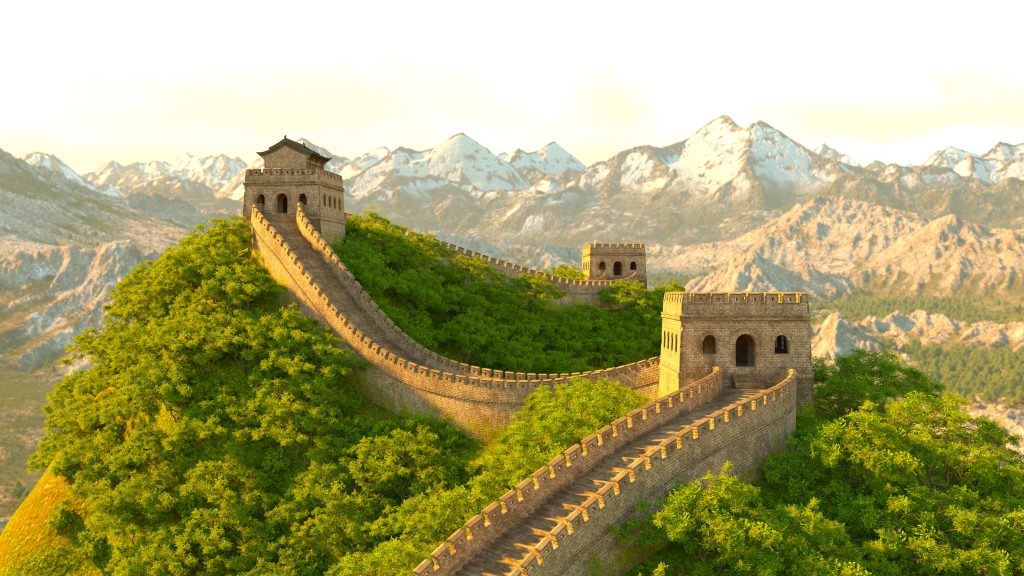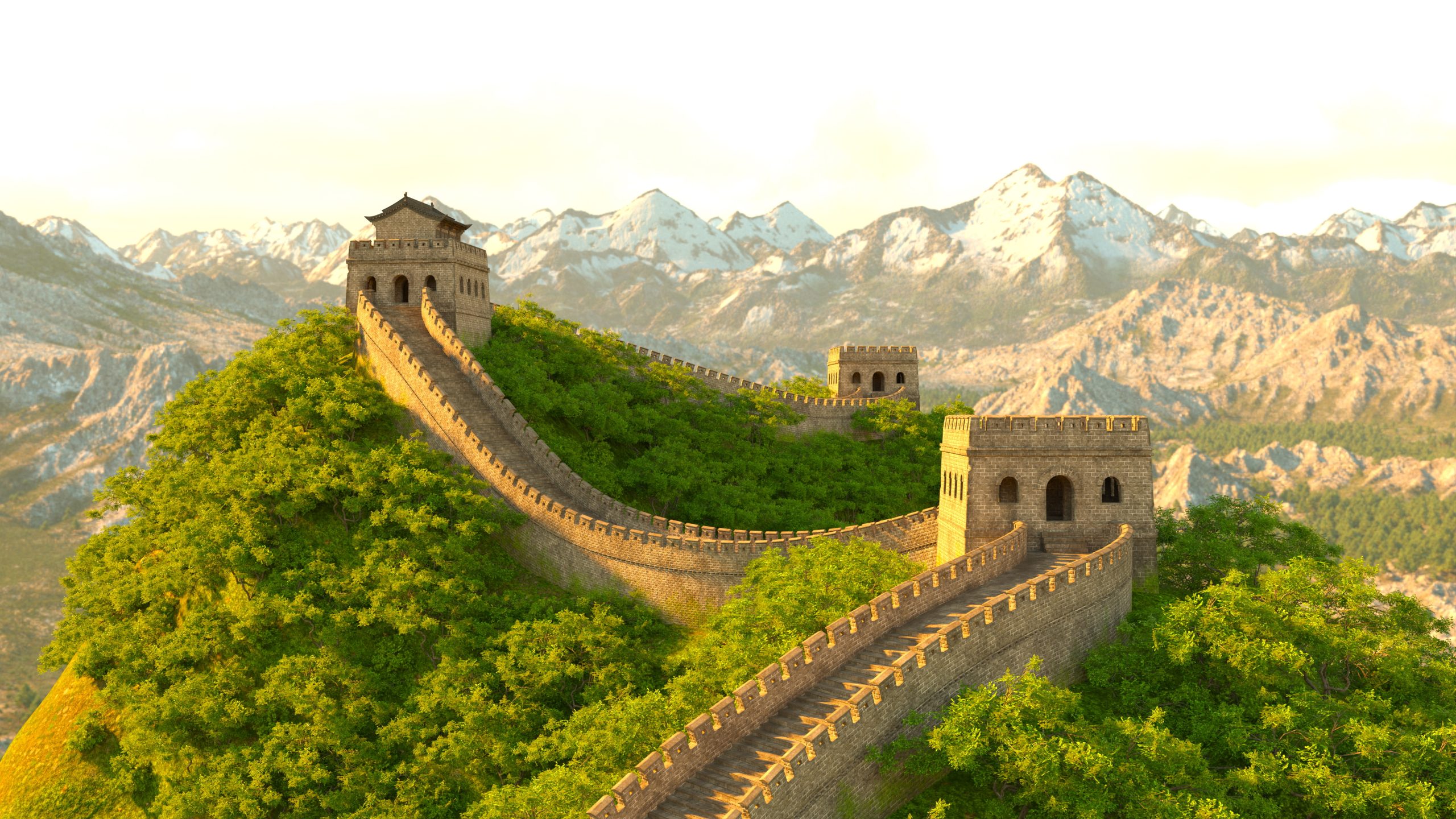Benefits of the Great Wall of China

This post will discuss the benefits of the Great Wall of China. Jiuguan Pass in Gansu Province marks the western end, and Shanhaiguan Pass in Hebei Province marks the eastern end of the 6,700 km long Great Wall of China. Many consider it one of the most significant building construction initiatives ever. Over two millennia, people built the Great Wall of China across northern China and southern Mongolia.
The fort dates back to B.C. Founded in the 7th century, China’s first emperor, Qin Shi Huang (220-206 BC), added several pieces. The Great Wall of China is one of China’s most recognizable landmarks. Its purpose was to protect Chinese civilization from returning to barbarism and repel foreign invaders. The Great Wall of China has come to stand for everything Chinese and Chinese culture. One of the New Seven Wonders of the World, it has been around for quite some time. Even from orbit, one can see the Great Wall of China.
Protection
People constructed China’s Great Wall to defend against invading northern foes like the Mongols. Invading armies often used cavalry. Therefore, the wall was built to offer a strong barrier that was hard to carry horses past. The dam was high enough to prevent intruders from scaling it and harming those on the other side. Builders often constructed the Great Wall of China in rugged and steep terrain, such as the Huanghuacheng area near Beijing, reaching about 30 feet in specific locations.
The wall is a significant obstacle for hostile forces since it extends hundreds of kilometers. Work started on the Great Wall of China in the seventh century BC. The first emperor of China, Qin Shi Huang (220-206 BC), finished the remaining sections. Ancient Chinese rulers built the Great Wall to symbolize their wealth and authority.
The wall was tall enough to prevent people from climbing over and hurting those on the opposite side.
They built the Great Wall to reach approximately 30 feet in specific locations, rendering it a potent defense against invading forces. Near Beijing, the Huanghuacheng region is one of the challenging and hilly areas where they constructed the wall. They erected the wall to defend against invading northern foes like the Mongols.
They built the Great Wall of China as a formidable barrier because invading armies frequently utilized cavalry, which was challenging to transport on horseback. The wall is hundreds of kilometers long, making it an enormous barrier to invading armies. Initial construction of China’s Great Wall began in the seventh century BC. The first emperor of China, Qin Shi Huang, finished the remaining sections.
Transportation and Communication
How was the wall used for signaling and messaging?
Smoke signals or beacon fires indicated and communicated the Great Wall of China. Here are some examples of alerts and messages:
Regularly spaced signal towers were a telephone link to alert nearby forts to dispatch soldiers. Smoke signals are better than fire signals.
When an enemy attack was imminent, troops stationed along the Great Wall would communicate with each other from tower to tower.
The towers set the warriors on fire and created smoke to alert the next building if the attackers attacked.
The main signals were fire and smoke and, occasionally, flags. The Ming Dynasty mandated that they be used as a smoke signal during the day and a flame signal at night. The fire was more noticeable at night, and the smoke was easier to observe during the day.
They continuously erected beacon towers, sometimes called watchtowers, along the Great Wall of China to transmit military signals through smoke in case of an enemy invasion.
The Great Wall of China functioned as a crucial communication network that enabled the rapid transmission of messages over vast distances. Soldiers could communicate effectively along the wall using smoke signals and beacon fires.
Tourism and Cultural Significance
These are some of the many reasons the Wall is famous:
The Great Wall of China attracts 10 million travelers annually.
A significant tourist destination and historical landmark, the Great Wall of China stands at the top today.
This is considered one of the seven wonders of the world. Every traveler to China must visit the Great Wall of China.
Even from space, the Great Wall of China looks good.
Economic Benefits
The Great Wall has helped China’s economy by attracting more tourists and creating more jobs. Some of how the wall boosted the economy are listed below.
Millions of tourists visit the Great Wall of China annually, making it a significant tourist attraction.
The Wall symbolizes China’s history, heritage, and national identity. As a result, China’s profile has risen, and the country has seen an increase in visitors.
Trade with foreign countries profited from China’s Great Wall project.
How the wall has been used for commercial purposes?
Filmmakers have commercially filmed motion pictures and television series on China’s Great Wall. Here are some cases:
The Foundation for a Better Life prepared a Pass It On ad. In this tale, two brothers learn the importance of teamwork as they construct a brick wall. The Great Wall is a metaphor for resilience and perseverance in this commercial.
Besides “Mulan” and “Game of Thrones,” the Great Wall of China has appeared in several films and series.
Movies, TV programs, and mobile billboards have included the Great Wall of China.
Conclusion
Listed below are the key advantages of the Great Wall.
Safety:
The wall was a strong barrier against invading northern enemies like the Mongols. Because of its height and design, no one could scale it and damage others on the other side.
Gains to the Economy:
It’s grown into a central tourist hub, drawing in millions of people each year. Trade and China’s international standing both helped from the wall.




